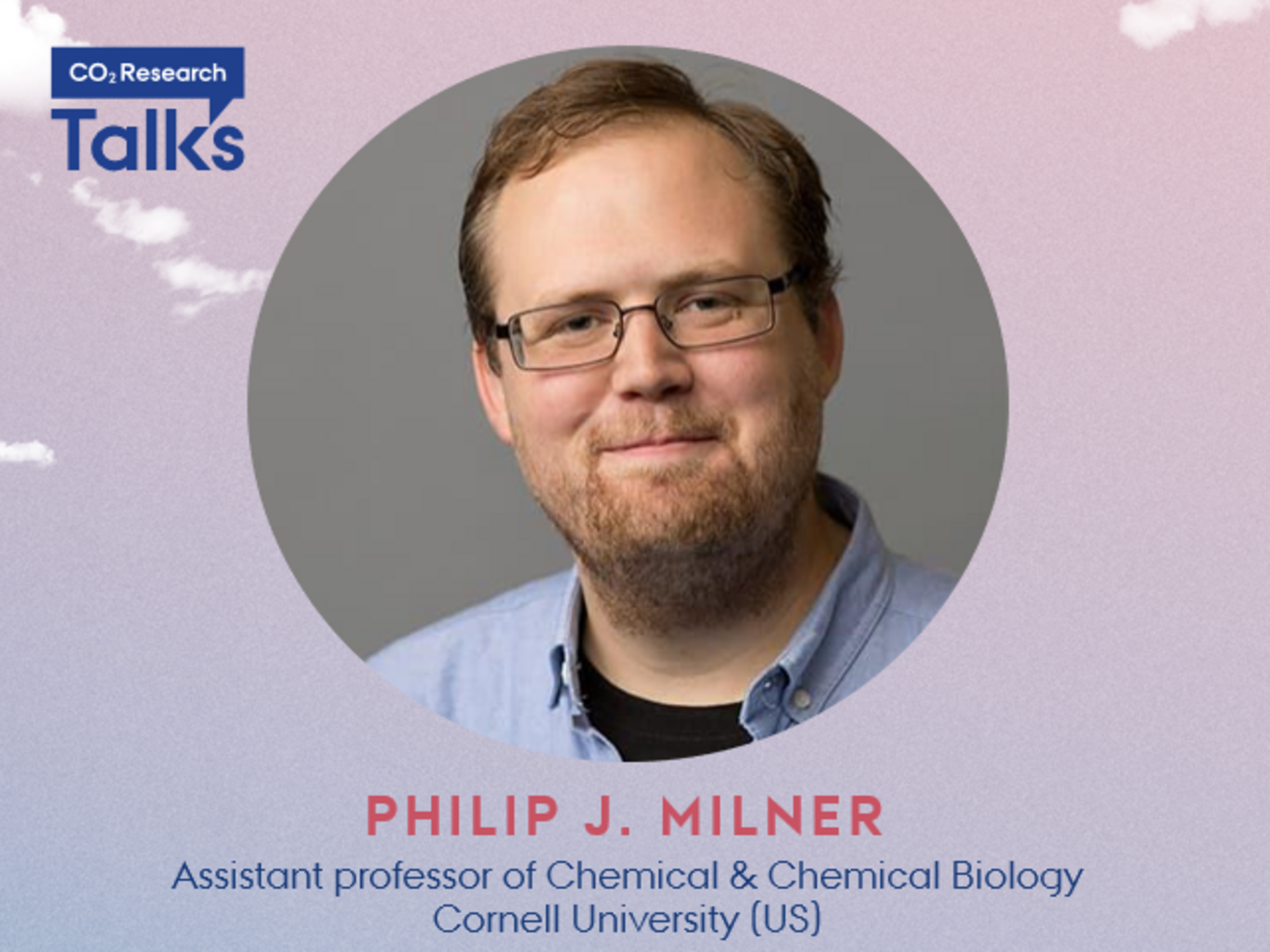CORC CO₂ RESEARCH TALKS PRESENTS: Philip J. Milner 24th January at 16:00 CET
In our first CO₂ Research Talk of 2024 we are excited to present Dr. Philip J. Milner, an assistant professor of Chemical and Chemical Biology at Cornell University. Join us for the online talk on 24th January.

Info about event
Time
Organizer
Dr. Milner's teaching and research interests lie at the intersection of organic, inorganic, and materials chemistry, with a particular emphasis on reaction mechanisms. The primary goals of his research group include designing new materials and strategies for effecting challenging synthetic transformations, as well as applying the strategies of synthetic and physical organic chemistry to the development of new porous materials with a broad range of potential applications.
One major focus of research in the Milner group is the design of materials to not only enable new synthetic transformations, but also to change the ways in which reactions are carried out. To achieve these goals, the group is interested in unlocking the untapped potential of porous materials such as metal-organic frameworks as tools for organic synthesis.
Abstract of content of Philip J. Milner's talk:
Capturing carbon from emission sources (e.g. coal and natural gas power plants, steel and cement manufacturing) and from air is needed to minimize the increase in average global temperature over the next century. The current leading carbon capture technologies are based on amines, either as aqueous solutions or impregnated within porous solids, due to their selective and reversible reaction with CO2 via ammonium carbamate/bicarbonate formation. However, amines are plagued by several critical drawbacks, including high energy costs to desorb CO2, oxidative and thermal degradation, and toxicity. Herein, we will discuss alternative pathways to selectively capture CO2 from emission sources. First, we will discuss our efforts to incorporate reactive hydroxide sites within porous materials, which react with CO2 via reversible (bi)carbonate formation and display excellent oxidative stabilities compared to amines. Second, we will show how visible light can be used in a novel photo-swing carbon capture process to minimize the energetic penalties associated with carbon capture.
